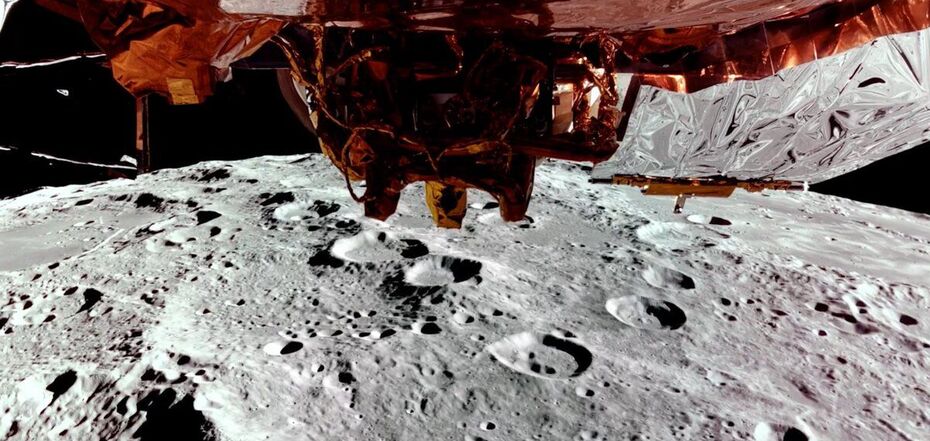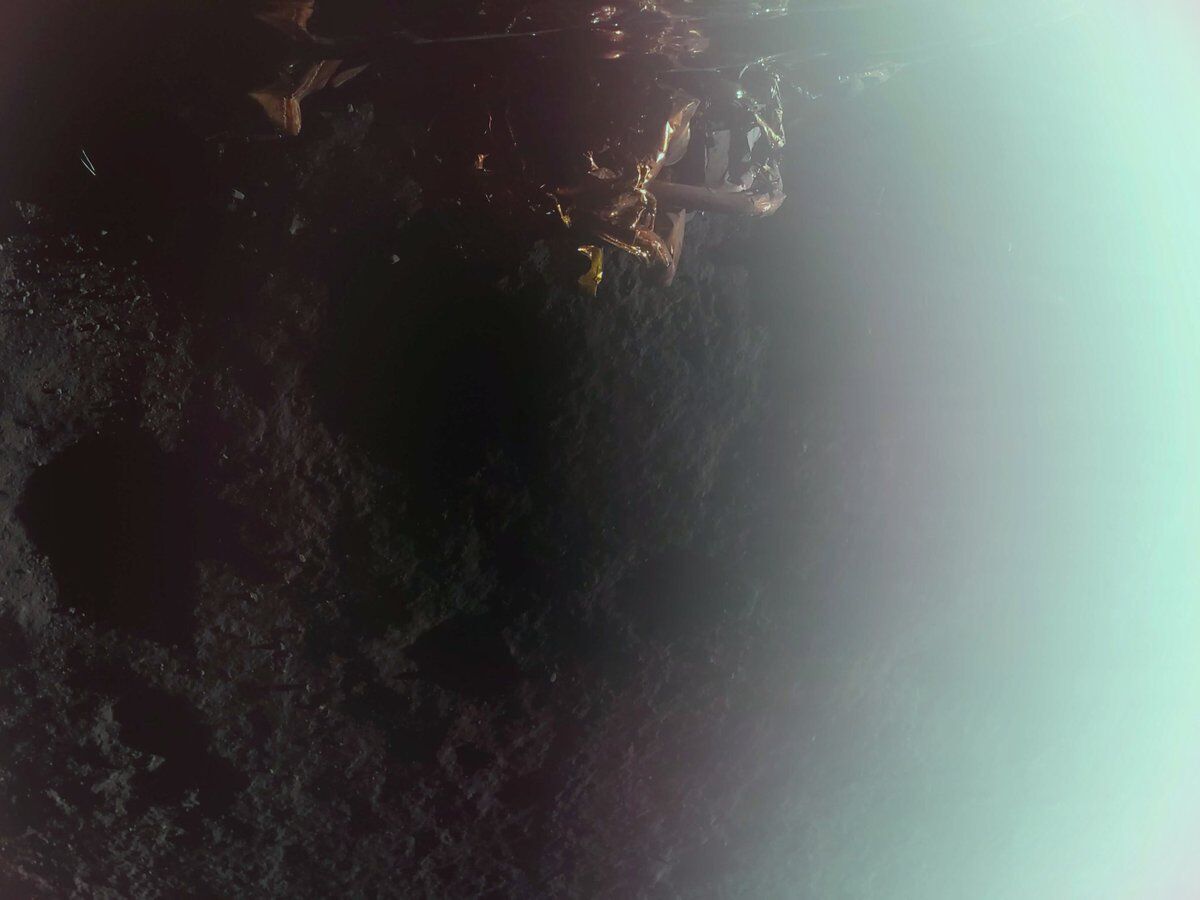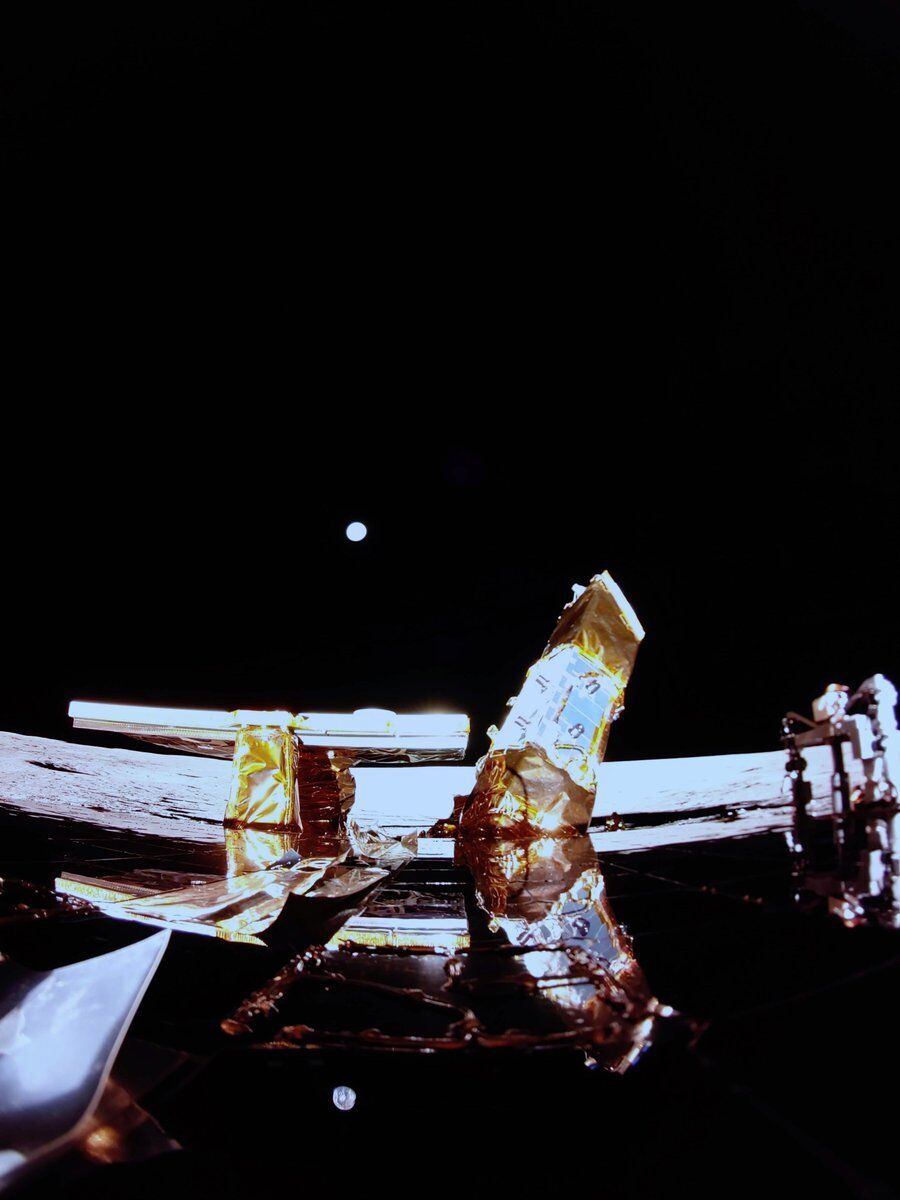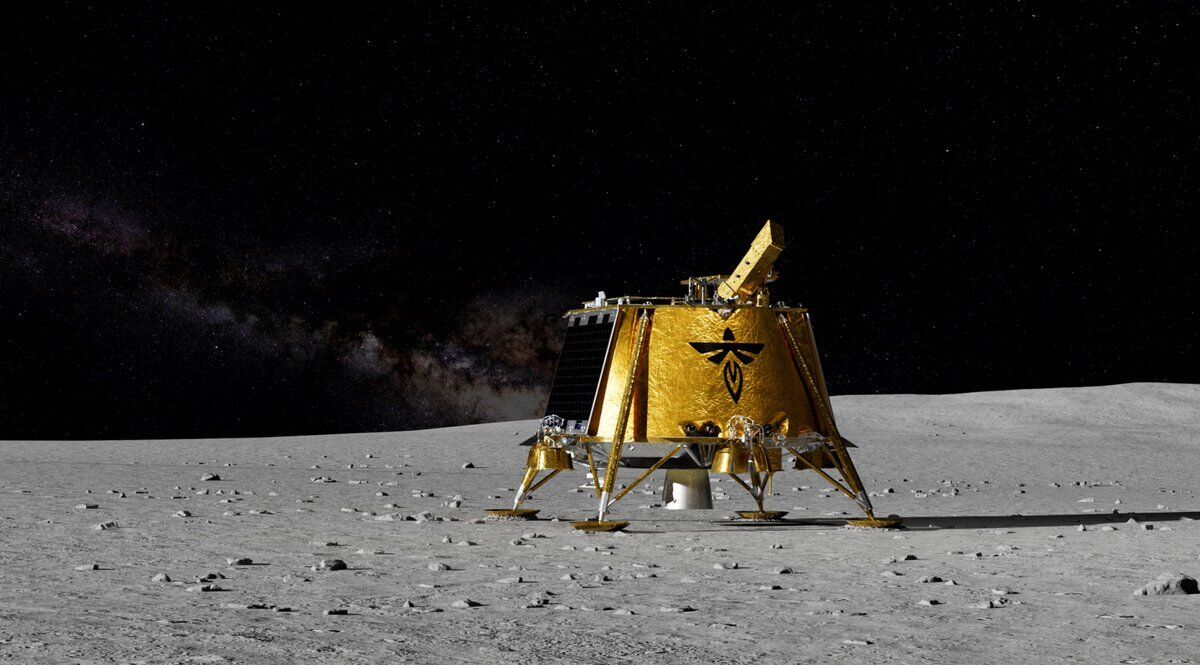News
Blue Ghost transmits impressive photos of the Earth from the Moon's surface: the most interesting is yet to come
The Blue Ghost private lander, which made a historic landing on the Moon yesterday, March 2, has deployed an X-band antenna. This allows for faster transmission of high-definition images and video to Earth.
Firefly Aerospace's Blue Ghost has already managed to transmit several spectacular views of the Earth from the lunar surface. However, the main event of the mission will take place on March 14, when the lander will capture high-definition images of a total eclipse as the Earth blocks the Sun, Space.com reports.
"The #BlueGhost X-band antenna is deployed! This will allow us to transmit high-definition images and video, as well as payload science data back to Earth faster," Firefly Aerospace representatives said on their official website.
As a reminder, Blue Ghost landed in the lunar Mare Crisium, performing two maneuvers to avoid danger and achieving a precise landing within 100 meters of its target area near the Mons Latreille volcanic basin.
Blue Ghost became the second private spacecraft to make a soft landing on the Moon. The first was Odysseus by Intuitive Machines, which accomplished this feat in February 2024.
Immediately after the landing, Blue Ghost, which is 3 meters high and 3.5 meters wide, began sending photos from the surface of the Earth's satellite. The first photo shows the surface of the Moon.
And the second image shows the lander, with a pale blue dot reflected on its panels – this is our native Earth. "We are all in this picture," NASA representatives said.
The lander has begun its 14-day mission, the equivalent of one full lunar day. "These 14 days are going to be really challenging, and we're going to work hard to deliver all the science data from all 10 payloads," said Jason Kim, CEO of Firefly Aerospace.
According to experts, Blue Ghost has pulled 10 NASA payloads to the lunar surface for its current mission, called Ghost Riders in the Sky. These instruments are designed to do a variety of work, from studying radiation levels at the landing site to testing new and better ways to collect and store lunar dirt and rock samples.
The main event of the mission, however, will take place on March 14, when the module will capture high-definition images of the total eclipse from the lunar surface as our planet blocks the Sun. From Earth, during the eclipse, our satellite will have an eerie, blood-red color, astronomers say.
And on March 16, the lander will document the sunset on the Moon and study how levitating dust reacts to solar activity, a phenomenon first observed during Apollo 17.
As a reminder, Blue Ghost was launched on a SpaceX Falcon 9 rocket on January 15, along with another private Resilience lander from Tokyo-based ispace, which is in the final stages of its flight to the Earth's satellite.
It is known that the Firefly mission is part of an unprecedented surge in private lunar exploration. It will also be joined by an Intuitive Machines vehicle called Athena. It launched to the Moon on February 26 on a Falcon 9 rocket. Athena is scheduled to land on March 6 near the south pole of the Moon.
Interestingly, this lander will also deploy a jumping spacecraft and a small rover.
Only verified information is available on the OBOZ.UA Telegram channel and Viber. Do not fall for fakes!
































